PD Ahn’s latest Noona romance, Midnight Romance in Hagwon, has just finished airing. A new drama from the doyen of the genre has prompted the perennial question: What is a Noona romance?
Literally, a ‘Noona’ romance is a romance between a man and an older woman – Noona being a kinshp term for older sister. But, culturally speaking, Noona romances are so deeply a product of Korean society that it can be difficult to make sense of them as an outsider looking in.
A romance between a man and a woman who is older than him?
Yes… and? Isn’t that just a romance? Why put a label on it?
For various complex reasons, Noona romances are seen as subversive. The existence of the genre itself throws a light on an inherent truth of the average romance drama – they’re mostly Oppa (older man) or Ajusshi (middle-aged man) romances but that is seen as so normal that it doesn’t require the modifier. Nobody refers to Goblin as an Ajusshi romance or Twenty-Five Twenty-One as an Oppa drama (even though the latter’s age gap is eponymous).
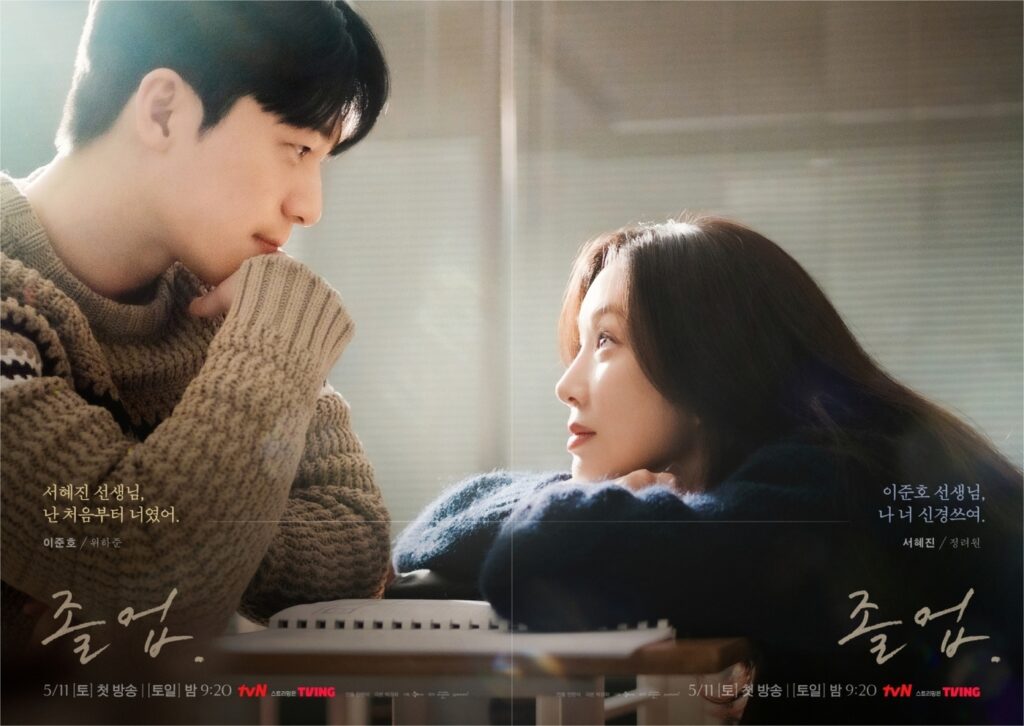
Because of this, Noona romances are not about the age difference in some sort of concrete way. They’re not literally a romance where the woman happens to be older. They are instead dramas that explore how the age difference challenges social and individual assumptions about relationships.
A perfect example of this tension is the flawed and divisive Pretty Noona Who Buys Me Food (alt. Something In The Rain), directed by Ahn Pan-seok (referred to often as PD Ahn). By making the age difference between the two leads only a few years, Ahn is highlighting the absurdity around age biases between the sexes in Korean society and using it as a springboard for other discussions around systemic sexism and misogynism.
Noona romances can also gender bend standard Korean romance tropes that are frequently based on an additional power differential: boss/employee, mentor/mentee, teacher/student and Chaebol/Candy. In all these classic romance setups, the women is inevitably also younger than the man but this additional disparity is largely overlooked. The aged-based power imbalance of an older man and a younger woman is seen as so inherently normal it doesn’t even require comment – even when you overlay an additional imbalance of wealth, social status, or direct control over the other person’s employment or education.
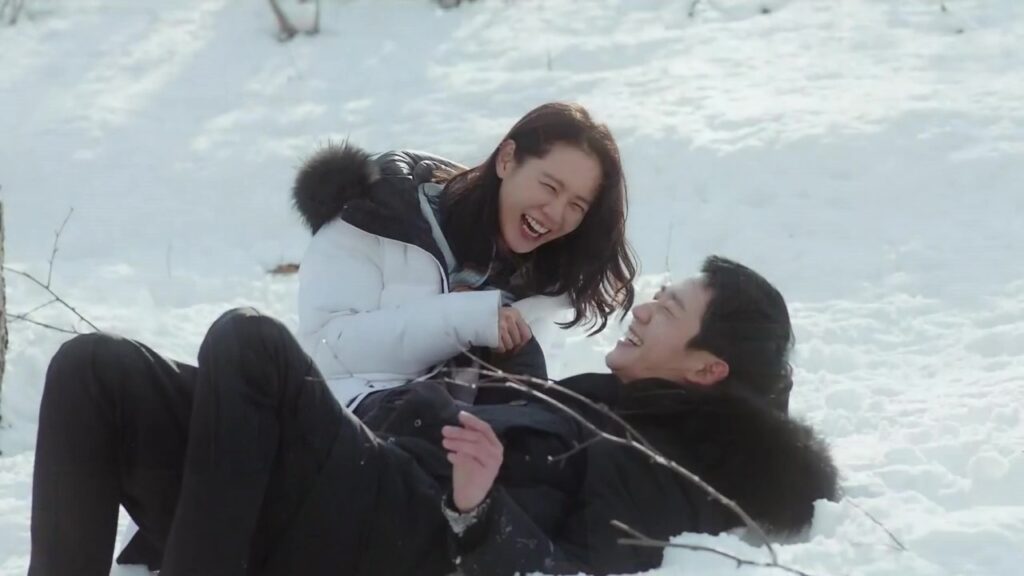
Shows like I Do I Do, and Midnight Romance in Hagwon shed light on these classic romance dynamics for an audience by putting a woman in the role of teacher, mentor or boss while also being older as well. Normally the province of a male romantic lead. The romance in Midnight Romance in Hagwon, for example, unfolds as a standard Sunbae (senior or mentor) office romance but with gender swapped leads.
So Noona romances can be as fun, sexy, romantic, frustrating or disturbing as other romance dramas. But they also shine a light on how we view and even normalise certain relationships over others, even in cases where those romances are functionally the same.
And if they don’t, in my humble opinion, then they’re not really a Noona romance.
In PD Ahn’s case, he specialises in portraying Noona romances as being in some way liberating for his female leads; concerned as he is with women breaking free of the strictures of an oppressive and dogmatic culture (for Midnight Romance in Hagwon, this oppressive culture is the Korean education system). In some cases, he’s successful, as in his mesmerising Secret Love Affair (truly his defining work). Other times less so, as in the frustrating and polarising Pretty Noona.
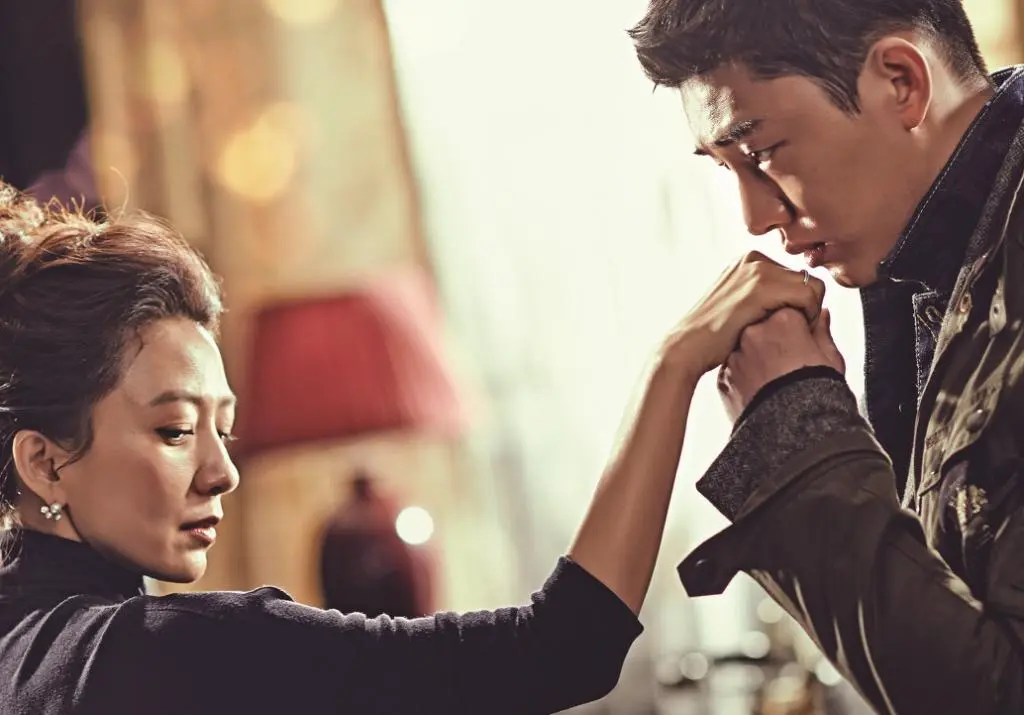
Dramas like 2010’s The Woman Who Still Wants To Marry also examine romance with a younger man as a way for women to work around traditional cultural dictates of marriage as an institution. (While very dated, this drama examines this issue from several angles and is still worth watching). Similarly, the 2005 drama, My Name is Kim Sam-soon highlights the pressure on women of a certain age to get married while simultaneously declaring them too old to attract a man who would want to.
As the genre has gotten more popular, there has been the inevitable slew of dramas that simply have an older female lead because it’s a scenario their audience likes. While still Noona romances, these dramas are not designed to challenge or question anything but are often instead wish-fulfilment fantasies. Dramas like Romance Is A Bonus Book, often portray a relationship with a younger man as part of a romantic new beginning. In this vein, they’re closer to American films such as The Idea Of You.
Done well, a Noona romance sheds light on embedded social and cultural assumptions and expectations around relationships. Done poorly, they can still be a lot of fun and prompt the audience to ask themselves if they would have less of an issue with the romance if the roles were reversed.
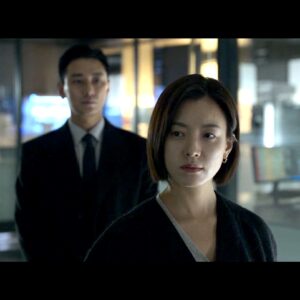
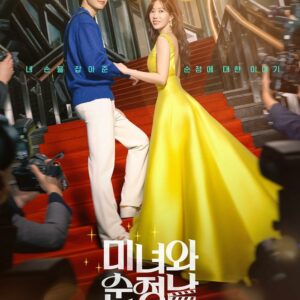
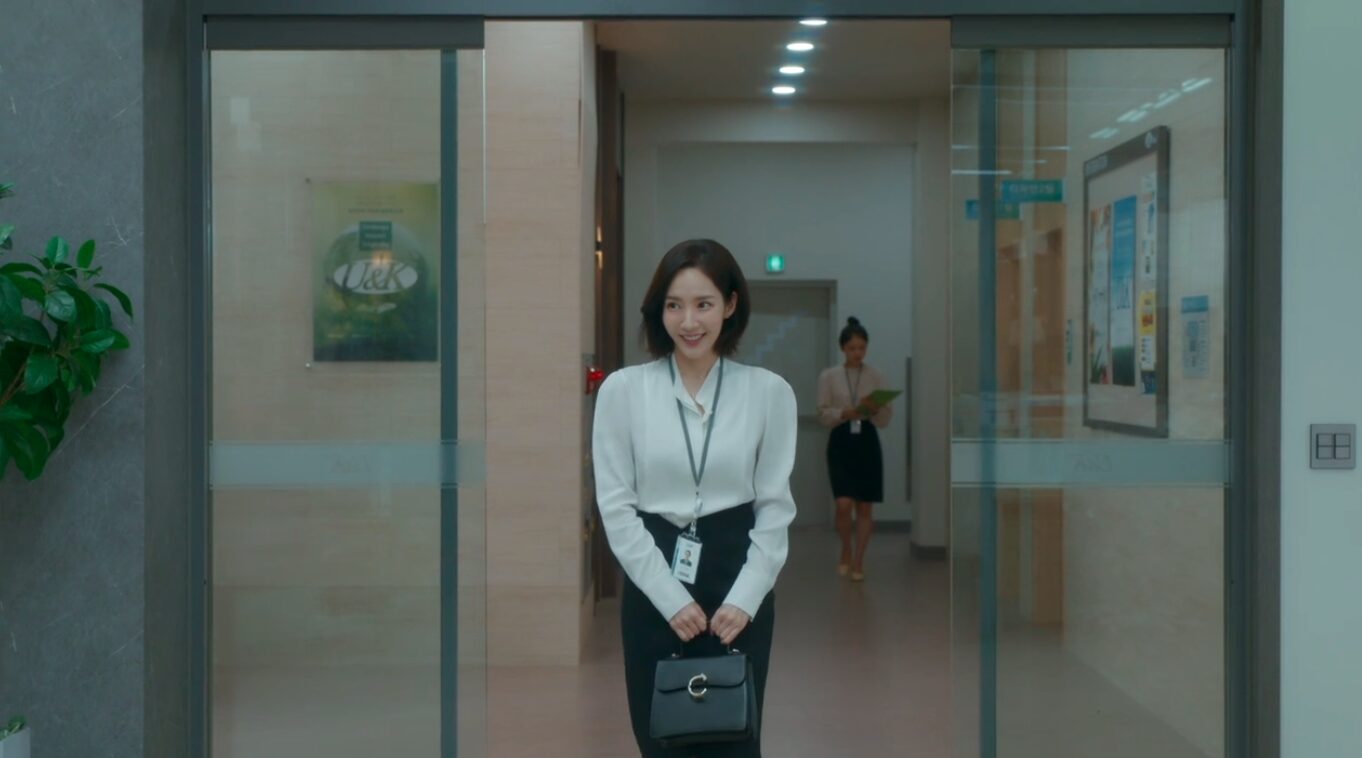
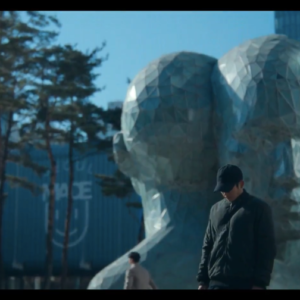
Hi LT – people over on dramabeans are asserting that you’ve asked them to download and save your fanwall, and apparently have done that. Here is an example: https://dramabeans.com/members/claire2009/activity/1680764/
I see no sign from you that you’re aware of or approve that. If you are, and do, please ignore my well-meaning interference.
I hope you’re well. I have thoroughly enjoyed your comments on DB and our few interactions there, and will miss them.
Thanks so much, Elinor. I feel the same way and will miss the fun we had at DB and on the fanwall.
I’m heading there now to say farewell.
Thank you for thinking of me and for your consideration.
xxoo